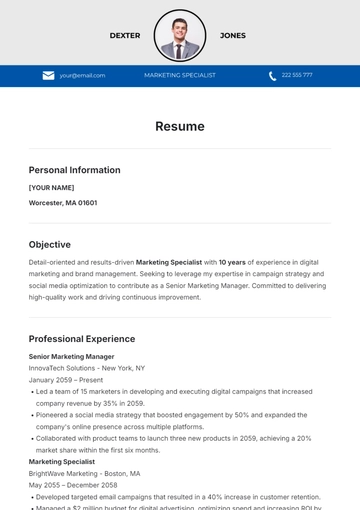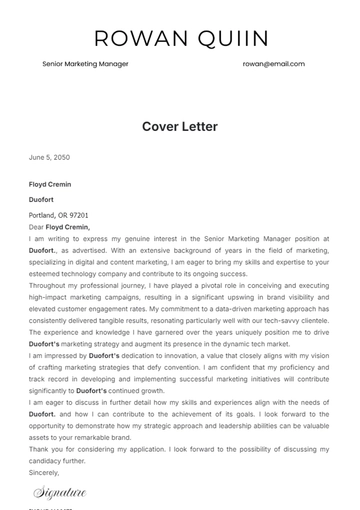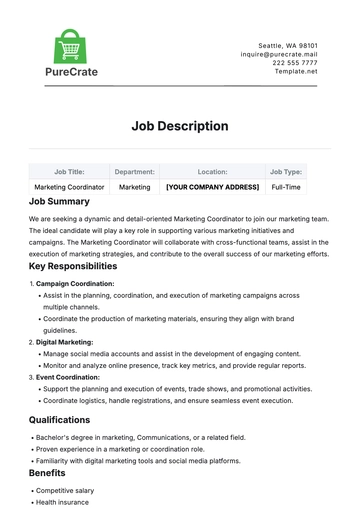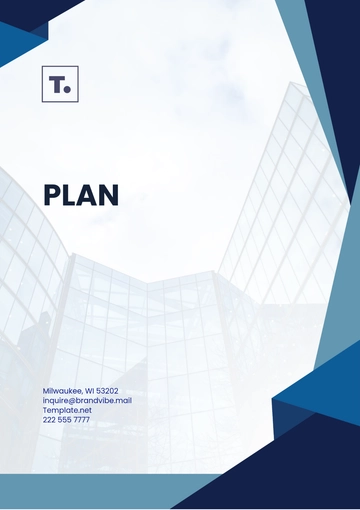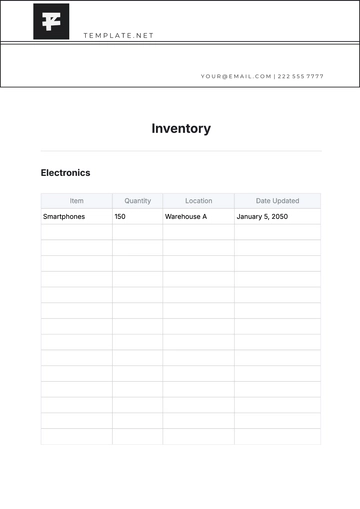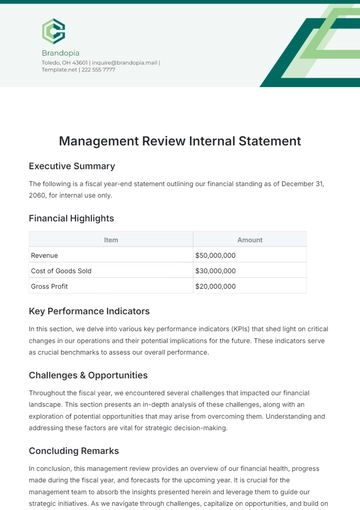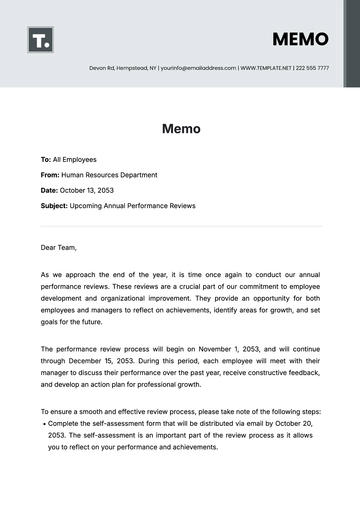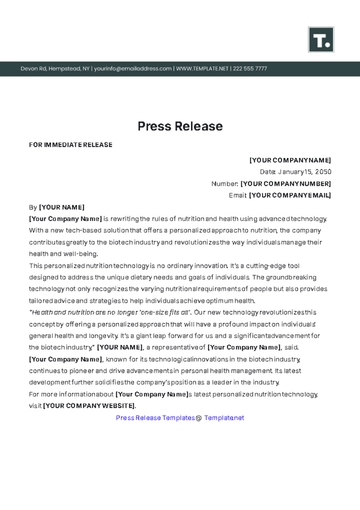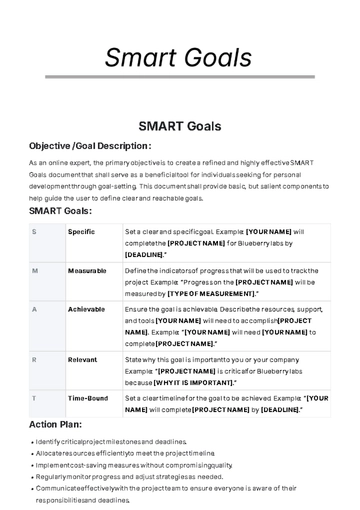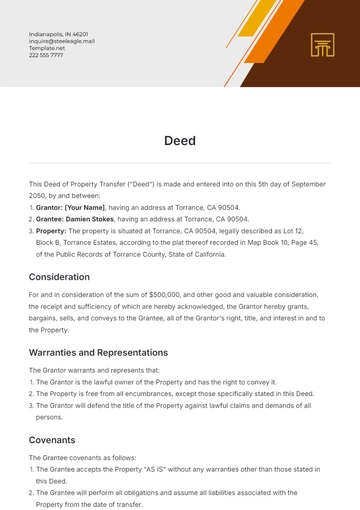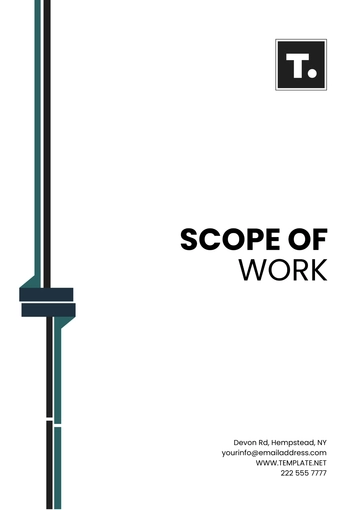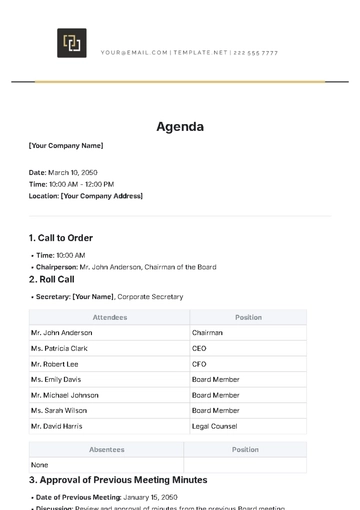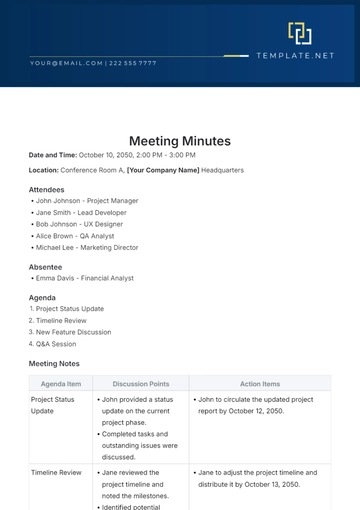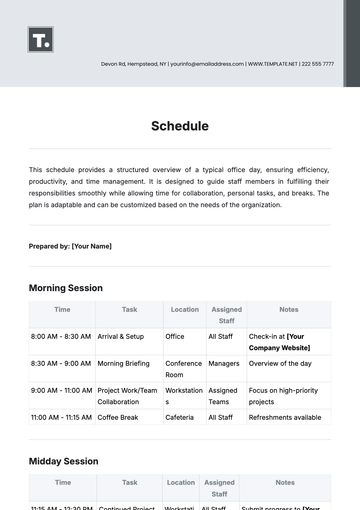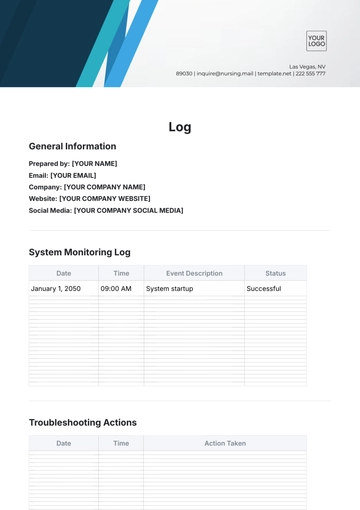Free Interior Design Marketing Strategy

I. Executive Summary
[Your Company Name] is dedicated to transforming spaces into stunning and functional environments that inspire and delight our clients. Our marketing strategy aims to establish [Your Company Name] as a leading interior design company known for its creativity, quality, and exceptional customer service. Through targeted marketing efforts, we seek to increase brand awareness, generate leads, and ultimately drive sales growth.
II. Market Analysis
The interior design industry is a dynamic and multifaceted sector influenced by a myriad of factors, including economic conditions, cultural trends, technological advancements, and shifting consumer preferences. Understanding the landscape within which [Your Company Name] operates is essential for identifying opportunities, navigating challenges, and positioning ourselves for sustainable growth.
Economic Conditions: The performance of the interior design industry is closely intertwined with broader economic trends, such as GDP growth, consumer spending, and housing market dynamics. During periods of economic prosperity, there tends to be increased demand for interior design services as individuals and businesses allocate resources towards home renovations, commercial fit-outs, and new construction projects. Conversely, economic downturns may lead to tighter budgets and reduced discretionary spending on non-essential services, posing challenges for firms in the industry.
Trends in Home Renovation and Remodeling: The prevalence of home renovation and remodeling projects continues to rise, driven by factors such as changing lifestyles, aging housing stock, and the desire for personalized living spaces. Homeowners increasingly view their residences as reflections of their identities and seek to create environments that align with their tastes, values, and functional needs.
Shifts in Consumer Preferences: Consumer preferences in interior design are constantly evolving in response to cultural influences, design trends, and technological innovations. Today's consumers gravitate towards design styles that emphasize simplicity, sustainability, and authenticity, such as modern minimalism, Scandinavian, and biophilic design.
Emerging Technologies: Advancements in technology are reshaping the landscape of interior design, revolutionizing processes, tools, and client interactions. From virtual reality (VR) and augmented reality (AR) tools for immersive design experiences to computer-aided design (CAD) software for precise planning and visualization, technology enables designers to streamline workflows, enhance collaboration, and bring concepts to life with unprecedented realism.
Competitive Landscape: The interior design industry is characterized by a diverse ecosystem of players, ranging from independent designers and boutique firms to large design agencies and multidisciplinary studios. Competition is fierce, driven by factors such as reputation, design expertise, pricing, and service offerings. While established firms may enjoy brand recognition and client loyalty, emerging players have the opportunity to differentiate themselves through innovation, specialization, and personalized service delivery.
III. Target Audience
Our target audience encompasses diverse groups, each with distinct needs and preferences, yet unified by a shared appreciation for exceptional interior design. They include:
Homeowners: Individuals who desire to transform their living spaces into havens of comfort, functionality, and style. Whether they seek a complete home makeover or wish to enhance specific rooms, such as kitchens, bathrooms, or living areas, they value expert guidance to realize their vision.
Real Estate Developers: Professionals involved in the construction and development of residential and commercial properties. They recognize the importance of captivating interiors in attracting buyers or tenants and seek collaborative partnerships to create spaces that stand out in competitive markets.
Architects and Builders: Visionaries responsible for shaping the structural aspects of buildings. They understand that harmonizing architectural design with interior aesthetics is crucial for delivering cohesive, impactful spaces. Collaborating with [Your Company Name], they aim to elevate their projects through innovative and complementary interior design solutions.
Business Owners: Entrepreneurs and managers of commercial establishments, including retail stores, restaurants, offices, and hospitality venues. They recognize that well-designed interiors can enhance the customer experience, improve employee productivity, and reinforce their brand identity. Seeking tailored design solutions, they aim to create environments that resonate with their target clientele and drive business success.
Property Investors: Individuals or companies engaged in real estate investment, renovation, and flipping. They understand that investing in quality interior design can significantly increase property value, appeal to prospective buyers or renters, and expedite sales or leasing processes. Seeking cost-effective yet impactful design solutions, they aim to maximize returns on their investments.
Interior Design Enthusiasts: Individuals passionate about interior design, whether as a hobby or profession. They seek inspiration, advice, and resources to stay abreast of the latest trends, techniques, and innovations in the industry. Engaging with [Your Company Name], they gain access to a wealth of design expertise, curated content, and networking opportunities to fuel their creative pursuits.
IV. Positioning
[Your Company Name] will position itself as a premium interior design firm that offers innovative design solutions tailored to the unique needs and preferences of each client. Our emphasis on creativity, attention to detail, and personalized service will differentiate us from competitors and establish us as the preferred choice for discerning clients.
V. Marketing Mix
A. Product
[Your Company Name] offers a comprehensive range of interior design services, including:
Residential interior design
Commercial interior design
Space planning and layout design
Furniture selection and procurement
Color consultation and material selection
Lighting design
B. Price
Our pricing strategy will be based on the scope and complexity of each project, with transparent pricing and detailed proposals provided to clients upfront. We will position ourselves as a premium service provider, offering competitive rates that reflect the quality and value of our work.
C. Place
[Your Company Name] will primarily operate through our studio/showroom located in a high-traffic area of the city, providing a convenient location for client consultations and showcasing our portfolio. Additionally, we will utilize digital channels such as our website and social media platforms to reach and engage with potential clients.
D. Promotion
Our promotional efforts will focus on building brand awareness and generating leads through a combination of online and offline marketing tactics, including:
Website and SEO: Optimizing our website for search engines to improve visibility and attract organic traffic.
Social media marketing: Leveraging platforms such as Instagram, Pinterest, and Houzz to showcase our portfolio, engage with followers, and drive website traffic.
Content marketing: Creating valuable content such as blog posts, design tips, and case studies to position [Your Company Name] as a thought leader in the industry.
Email marketing: Sending regular newsletters and updates to our email subscribers to stay top-of-mind and nurture leads.
Networking and partnerships: Building relationships with complementary businesses such as real estate agents, architects, and contractors to generate referrals and collaborative opportunities.
VI. Marketing Channels
To effectively reach our target audience and promote [Your Company Name], we will utilize a variety of marketing channels tailored to meet their preferences and habits:
Website: Our website will serve as a central hub for showcasing our portfolio, services, and client testimonials. It will be optimized for user experience and search engines to attract organic traffic and convert visitors into leads.
Social Media: We will maintain an active presence on platforms like Instagram, Pinterest, and Houzz to share design inspiration, project updates, and engage with our audience. Social media will be used to showcase our work, interact with followers, and drive traffic to our website.
Content Marketing: Regularly publishing informative and engaging content such as blog posts, design tips, and case studies will establish [Your Company Name] as a trusted authority in interior design. This content will help attract and educate potential clients while demonstrating our expertise and creativity.
Email Marketing: We will leverage email campaigns to stay connected with our audience, nurture leads, and promote special offers or events. Email marketing will be used to deliver personalized content, updates, and exclusive deals to subscribers, keeping [Your Company Name] top-of-mind.
Networking and Partnerships: Building relationships with complementary businesses such as real estate agents, architects, and contractors will generate referrals and collaborative opportunities. Networking events, industry partnerships, and participation in trade shows will expand our reach and enhance our credibility within the industry.
VII. Budget and Resource Allocation
To execute our marketing strategy effectively, we will allocate our budget across various initiatives based on their potential impact and return on investment (ROI). Below is a breakdown of our budget allocation:
Initiative | Budget Allocation (per year) |
|---|---|
Website development and maintenance | $10,000 |
Social media advertising and content creation | $8,000 |
Email marketing software and campaign management | $5,000 |
Professional photography and videography for portfolio development | $6,000 |
Networking events and industry memberships | $3,000 |
Miscellaneous (printing, promotional materials, etc.) | $3,000 |
Total Budget | $35,000 |
VIII. Measurement and Analytics
To measure the effectiveness of our marketing efforts, we will track key performance indicators (KPIs) such as:
Website traffic and engagement metrics
Social media followers, engagement, and conversions
Email open rates, click-through rates, and conversions
Lead generation and conversion rates
Customer satisfaction and retention
By continuously monitoring and analyzing these metrics, we will be able to optimize our marketing strategies and allocate resources more effectively to achieve our business goals.
IX. Conclusion
[Your Company Name]'s marketing strategy is designed to elevate our brand, attract new clients, and drive business growth. By leveraging a combination of online and offline marketing channels, we aim to establish ourselves as a trusted partner for clients seeking exceptional interior design solutions. Through continuous innovation, creativity, and a relentless focus on customer satisfaction, we are confident in our ability to succeed in the competitive interior design market.
- 100% Customizable, free editor
- Access 1 Million+ Templates, photo’s & graphics
- Download or share as a template
- Click and replace photos, graphics, text, backgrounds
- Resize, crop, AI write & more
- Access advanced editor
Elevate your marketing game with Template.net's Interior Design Marketing Strategy Template. Editable in our AI Editor Tool, this customizable template ensures precision and creativity in your campaigns. Crafted for impact and innovation, it streamlines your marketing efforts, optimizing reach and engagement. Stay ahead in the competitive market with this essential resource.
You may also like
Free
Free CV Template
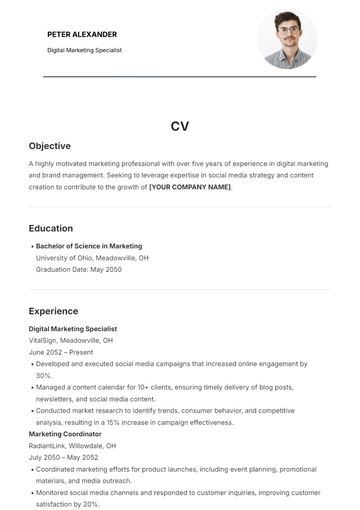
- Resume
- Cover Letter
- Report
- Budget
- Lesson Plan
- Itinerary
- Resignation Letter
- Letter
- Job Description
- To Do List
- CV
- Proposal
- Business Plan
- Checklist
- List
- Smart Goal
- Executive Summary
- Agenda
- Analysis
- Press Release
- Memo
- Note
- Action Plans
- Script
- Essay
- Brief
- Syllabus
- Tracker
- Contract
- Agreement
- Bill of Sale
- Case Study
- White Paper
- Statement
- Will
- Deed
- Notice
- Scope of Work
